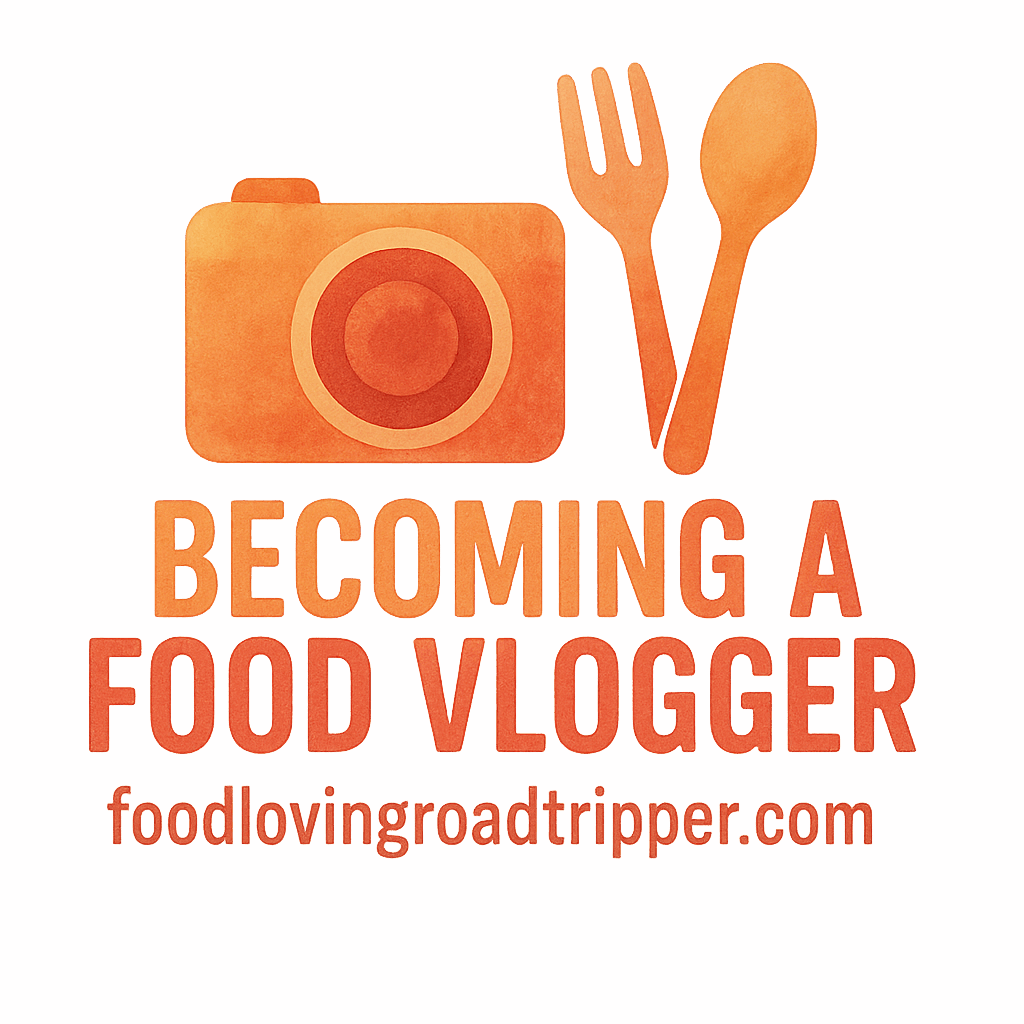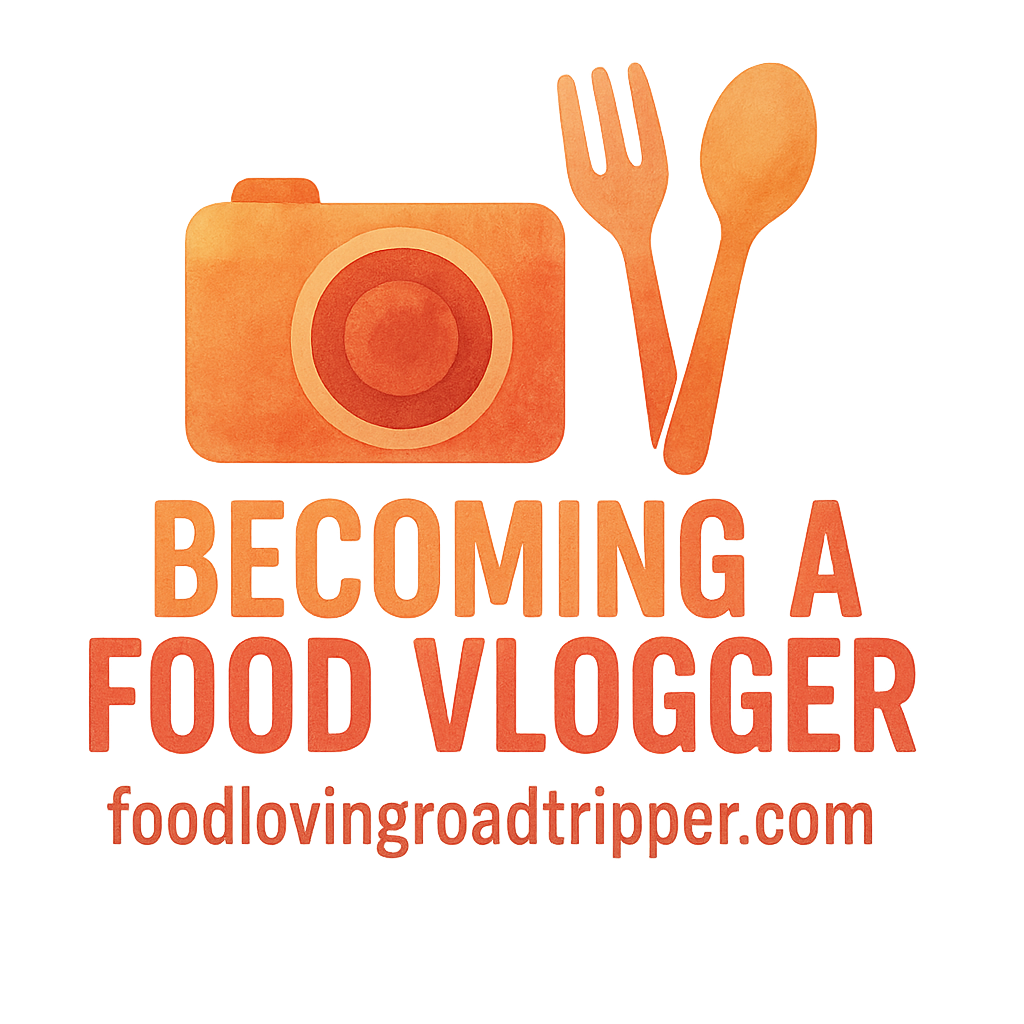Introduction: Why Storytelling Matters in Food Vlogging
As a food vlogger, your audience isn’t just tuning in to see how you prepare a recipe. They want to experience the story behind the food—the ingredients, the culture, the history, and even the emotions tied to every bite. Telling great stories in your videos keeps your audience engaged, entertained, and coming back for more.
In a world full of cooking tutorials and recipe videos, standing out as a food vlogger requires more than just showing how food is made. It’s about creating an experience that draws your viewers in. Whether you’re cooking at home, traveling to new restaurants, or exploring global cuisines, the narrative you build can make a huge difference. So, how can you tell better stories in your food videos? Let’s dive into six powerful tips that will elevate your vlogging game.
For more tips on getting started in food vlogging, check out our comprehensive getting started guide.
Tip #1: Know Your Audience
Defining Your Ideal Viewer
Before you even press “record,” it’s important to understand who you’re making your videos for. Are your viewers home cooks looking for easy recipes, food enthusiasts seeking new techniques, or foodies on the hunt for the latest trends? Knowing your audience helps you craft a story that resonates with them.
Ask yourself questions like:
- What do my viewers love to watch?
- What type of food excites them?
- Are they interested in personal stories or strictly the recipe?
By defining your ideal viewer, you can tailor your content to suit their interests and needs. When your audience feels like you’re speaking directly to them, they’re more likely to stay engaged and share your videos.
For guidance on growth marketing for food vloggers, check out our growth marketing resources.
Tailoring Your Content to Engage
Once you know your audience, the next step is adjusting your approach. For example, if you’re appealing to beginners, keep your storytelling simple and straightforward. But if your audience loves food challenges, amp up the drama and excitement! The key is to know who you’re talking to and what interests them.
Tip #2: Create a Strong Narrative Arc
Beginning: Setting the Scene
Every great story needs a hook. When it comes to food vlogging, your introduction is where you set the stage. Whether you’re telling the story of a family recipe, sharing the history of a dish, or describing the journey to find the perfect ingredients, it’s important to grab your audience’s attention from the very start.
Consider opening with an intriguing question or an emotional anecdote that relates to the dish you’re preparing. For instance, if you’re cooking a meal inspired by your travels, start by sharing what made that food memorable or special to you.
If you’re looking for editing tips to improve the flow of your content, we’ve got some great suggestions over at our editing page.
Middle: Building the Story
As you move into the preparation and cooking phase, keep your narrative flowing. Think of this as the “meat” of your story, where you reveal the steps and techniques, share tips, and introduce any challenges you encounter along the way.
This is also a great time to talk about why you love this dish. Personalizing the experience helps connect you to your viewers. Maybe the recipe holds sentimental value, or maybe you’re experimenting with new flavors. Whatever it is, build excitement throughout this middle section to keep your audience hooked.
End: Wrapping Up with a Bang
The ending is just as important as the beginning. Don’t just show the final dish and call it a day. Share the emotions and satisfaction that come with completing the recipe. You can also introduce a call to action, like encouraging viewers to try the recipe themselves or share their own cooking experiences.
If you’re looking for ways to monetize your food vlog, check out our article on monetization tips.
Tip #3: Use Visuals to Enhance the Story
Framing Your Shots for Maximum Impact
Food vlogging is a visual medium, and how you frame your shots can make a huge difference in the effectiveness of your storytelling. High-quality visuals will not only make your food look more appetizing, but they can also help tell the story. Experiment with different angles, close-ups, and lighting to highlight the textures, colors, and movements in your cooking.
For instance, showing a close-up of chopping fresh herbs or stirring a pot of soup can visually engage your viewers and make them feel like they’re right there in the kitchen with you.
For more guidance on equipment for food vloggers, visit our equipment tools page.
Using B-Roll to Strengthen the Narrative
B-roll (or secondary footage) plays a vital role in enhancing your story. It’s the extra footage that complements your main shots and adds depth to the narrative. If you’re telling the story of a dish you discovered on your travels, for example, include shots of the street where you found the restaurant or the local ingredients you used.
B-roll makes your video feel more polished and gives you the chance to expand the narrative beyond just the food prep. It’s about giving context and painting a fuller picture of your story.

Tip #4: Infuse Your Personality into Your Videos
Be Authentic and Relatable
Your personality is what makes your videos unique. Whether you’re quirky, calm, or energetic, letting your true self shine through will help viewers connect with you on a personal level. Audiences come back to food vloggers because they enjoy the individual behind the content, not just those who make great food.
Don’t be afraid to show your quirks, share funny moments, or even make mistakes. The more authentic you are, the more relatable your story will become.
If you want to learn more about developing your vlogging style, explore our style guide.
Engaging Your Viewers Through Humor and Emotion
While food is the star, humor and emotion are the sidekicks that bring your stories to life. Whether you’re cracking jokes while cooking or sharing a heartfelt memory tied to a dish, adding a bit of humor or emotion makes your videos more engaging.
Tip #5: Engage with Your Audience Beyond the Screen
Interacting with Viewers in the Comments
Storytelling doesn’t stop once the video ends. Engage with your audience in the comments section. Respond to their questions, thank them for their support, and encourage them to share their experiences. This helps build a community around your content and makes viewers feel like they’re part of the story.
Engagement goes beyond just replies. For tips on increasing engagement, visit our engagement page.
Creating a Community Around Your Content
Creating a sense of community is one of the best ways to make your food vlogs stand out. Encourage viewers to interact with one another, whether it’s through recipe challenges, viewer shout-outs, or sharing their own cooking tips. This adds an extra layer of engagement and makes your audience feel more invested in your content.
If you’re looking for tips on growing your community around your food vlog, check out our growth page.
Tip #6: Edit for a Strong Flow
Cutting the Unnecessary Parts
Editing is where the magic happens. A well-edited video ensures that your story flows smoothly and keeps your audience engaged. Cut out any parts that feel redundant or unnecessary to the narrative. This will help maintain the pacing of your story and ensure your viewers don’t get bored halfway through.
For more on video editing tools and tips, visit our page on video editing.
Adding Music, Transitions, and Effects to Enhance Emotion
Adding music, sound effects, and smooth transitions can evoke emotions and enhance the mood of your video. Whether you’re creating a calm and soothing atmosphere for a cozy recipe or an upbeat vibe for a fun food challenge, these elements can help tell your story more effectively.
Conclusion: Bringing It All Together
Mastering the art of storytelling in food vlogging isn’t about being perfect—it’s about being real, relatable, and engaging. By knowing your audience, building a compelling narrative, using visuals, infusing personality, and interacting with your viewers, you can tell powerful stories that make your food vlogs stand out. And, with practice and attention to detail, you’ll become a food vlogger whose stories captivate and inspire audiences everywhere.
For more advice on monetizing your content, visit our monetization page.
FAQs
- How do I start telling stories in my food vlogs?
- Begin by focusing on the personal connection you have with the dish, whether it’s a family recipe, a travel experience, or a unique cooking technique.
- Why is personality important in food vlogging?
- Your personality helps you connect with your audience. People follow food vloggers they enjoy watching and can relate to, not just those who make great food.
- How can I make my cooking videos more interesting?
- Mix in humor, emotional moments, and stories behind the food. Use interesting camera angles and dynamic editing to keep the pace exciting.
- Should I engage with my audience in the comments?
- Yes! Engaging with your audience in the comments section helps build a sense of community and encourages viewers to come back for more.
- What makes a food vlog successful?
- A successful food vlog combines good content with engaging storytelling, high-quality visuals, and a unique personal touch.
- How important is editing in storytelling?
- Editing is crucial for maintaining a strong narrative flow. It helps you cut out unnecessary parts and emphasize key moments, making your story more compelling.
- Can B-roll footage really enhance a food vlog?
- Absolutely! B-roll footage adds depth to your story and gives context, making the overall viewing experience more immersive.


